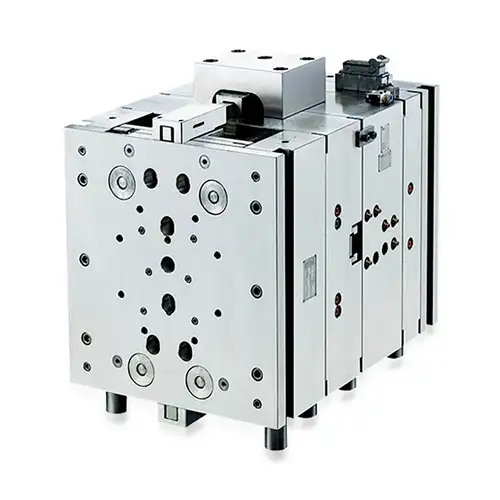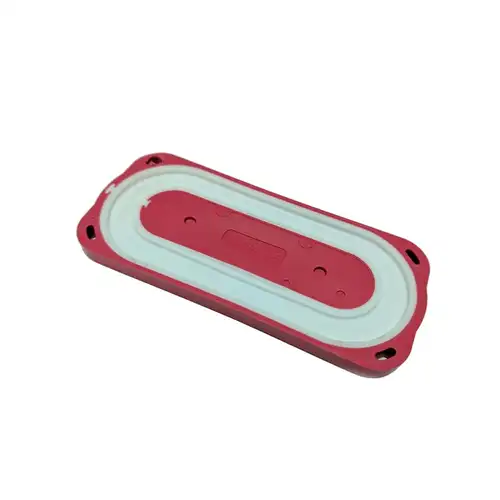Professional plastic injection molding for prototypes and production parts in as fast as 7 days. Get your custom injection molding quote today.

From prototyping to production, we offer comprehensive injection molding solutions with quick turnaround times. Our expertise includes:

Standard thermoplastic injection molding with extensive material options
Liquid silicone rubber molding for flexible and heat-resistant parts

Combining metal inserts with plastic for enhanced functionality

Two-shot molding process for multi-material components
With experience in processing over 300 thermoplastic resins, we help you choose the perfect material for your application. Here's our comprehensive material guide:
Cost-effective materials suitable for many applications
Higher performance materials for demanding applications
Premium materials for extreme conditions
Materials for specific applications and properties
This is where all our projects begin and where we create the most value for our clients. Before tooling begins, our engineers provide a comprehensive 10+ page DFM report that identifies and resolves potential design issues through software simulation and experience-based analysis.
Our in-house tooling workshop is the core of our quality and speed guarantee.
We integrate metal inserts, screws, shafts, electronic contacts, or flexible circuits into plastic parts during the molding process.
This process involves molding a soft material (TPE, TPU, LSR) over a rigid plastic substrate (ABS, PC).
Our ISO Class 8 (100K) cleanroom environment meets the strictest requirements for particle contamination control.
Maintain consistent wall thickness throughout the part.
Prevents cooling-related issues like sink marks, warpage, and internal stress.
Use gradual transitions when wall thickness must change.
All surfaces parallel to the mold opening direction need draft angles.
Ensures easy part ejection and prevents surface damage.
1°-2° for smooth surfaces, 3°-5° or more for textured surfaces.
Avoid sharp corners, use radius transitions.
Prevents stress concentration and improves material flow.
Internal radius should be at least 0.5 times wall thickness.
Quality is built into our process, not just inspected at the end.
All raw materials are verified for specifications, color, and performance certificates before warehouse entry.
Regular inspections during production using calipers and gauges. First Article Inspection (FAI) is mandatory for each batch.
Final inspection using CMM and vision systems according to AQL standards or customer requirements.
Injection molding is an efficient, repeatable manufacturing process where molten plastic resin is injected under high pressure into a metal mold cavity. After cooling and solidification, it forms the desired plastic product. This process has become a cornerstone of modern manufacturing due to its ability to mass-produce complex precision parts at extremely low unit costs.
While injection molding has higher initial tooling costs, it offers extremely low per-unit costs and is ideal for large-scale production (>1,000 pieces). 3D printing has no tooling costs but is better suited for prototypes and very small batches due to higher unit costs and slower speed.
CNC machining offers broader material options (including metals) and extreme precision, suitable for low to medium volumes. Injection molding provides superior cost-effectiveness and speed for medium to high-volume plastic parts production.
Die casting is specifically for metal parts (like aluminum and zinc alloys) with similar process principles, while injection molding is specialized for plastics.
With over 20 years of experience, we've developed deep expertise across various industries, each with its unique challenges and requirements.
Contact our team today to discuss your injection molding needs